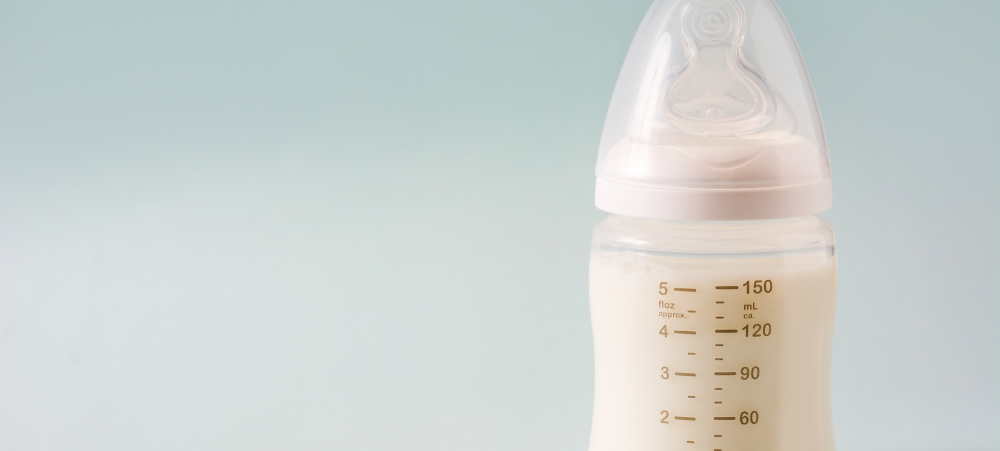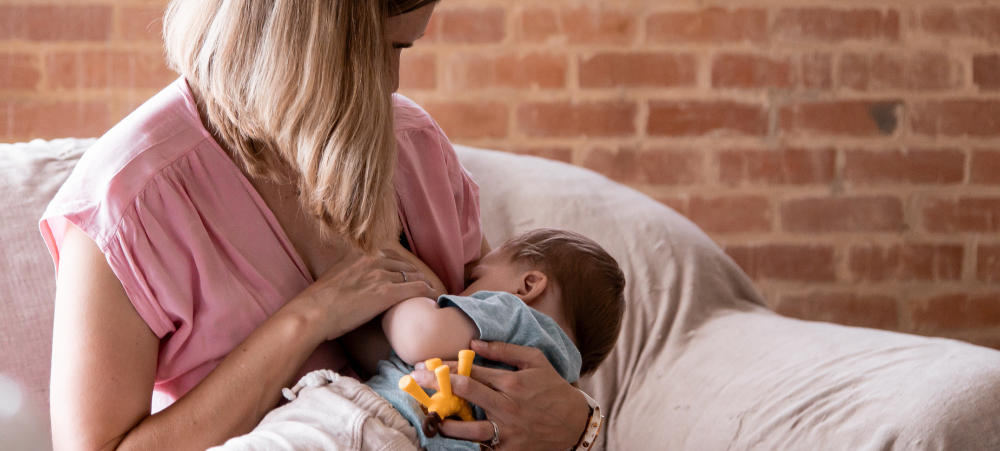During the early days after the birth, parents are faced with many new decisions and experiences. One of the most important decisions for parents is whether to breast or bottle-feed, and sometimes that is an option they cannot be in control of.
For mums who choose to bottle feed because they want to, or because they find it difficult to breast feed, they are then faced with conflicting advice on how to prepare a bottle correctly. The World Health Organisation (WHO) is the ideal place to find the latest guidelines.
Many mums, if they can, feel the best option is to combine breast and bottle-feeding. Some mums may decide to offer exclusively breast milk, by expressing, and then giving their partner, carer or grandparent the opportunity to feed baby by bottle; others may choose to combine breastfeeding with formula milk.
How much at which stage?
A baby can be bottle fed with expressed breast milk, milk formula or a combination of both. If milk formula feeding feels best for mum and baby, start with little and often, spacing out to fewer, bigger bottles as they develop and grow.
There is no single answer as to how much milk formula baby will need, as it depends on their appetite. The general recommendation is to feed baby whenever they seem hungry, keeping an eye on wet nappies and weight gain to ensure they are taking on enough milk.
How to make up a feed
Warm milk is a breeding ground for bacteria, so milk formula should be made up freshly, as and when needed. Breast milk can be stored in the fridge for up to 24 hours or up to 6 months in a freezer. After feeding, always throw any remaining milk away. Never re-heat or re-use it.
Combining bottle & breast
Some mums may not be able to breastfeed exclusively, or choose to introduce a bottle for some feeds – especially when returning to work. When introducing milk formula, starting gradually gives mum’s body and baby time to adapt.
Myth busting
At first, bottle feeding may seem complicated, with many confusing messages. With a bit of planning, the whole process can be stress-free and enjoyable for parents and babies. With bottle feeding, a routine can be established sooner than on-demand breastfeeding, as you can easily tell how much milk a baby is taking on.
Although bottle feeding does need more time to sterilise bottles and prepare milk, the main benefit of bottle and combination feeding is that partners or carers can take turns with feeds, allowing for more bonding time with baby and to give mum a rest.
Vital Baby’s NURTURE™ range comprises a range of breastfeeding accessories including an electric and manual breast pump, breast pads, sterilisers, breast milk storage bags and bottles.
Follow Vital Baby on social media: @vitalbabysa
Vital Baby products are available at Clicks, Babies R Us, Loot, Baby City, Takealot and at www.babiesafrica.com.
- Silent Night? How to Handle Baby Sleep Disruptions During the Holidays - December 17, 2025
- Mental Health and the NICU Mom: The Silent Battle Behind the Glass - December 8, 2025
- Co-Sleeping, Cribs, or Sleep Training — What Works Best? - November 10, 2025





